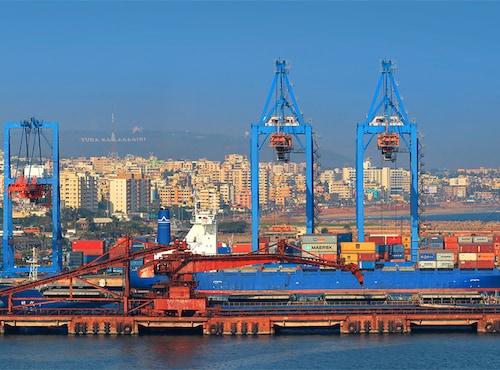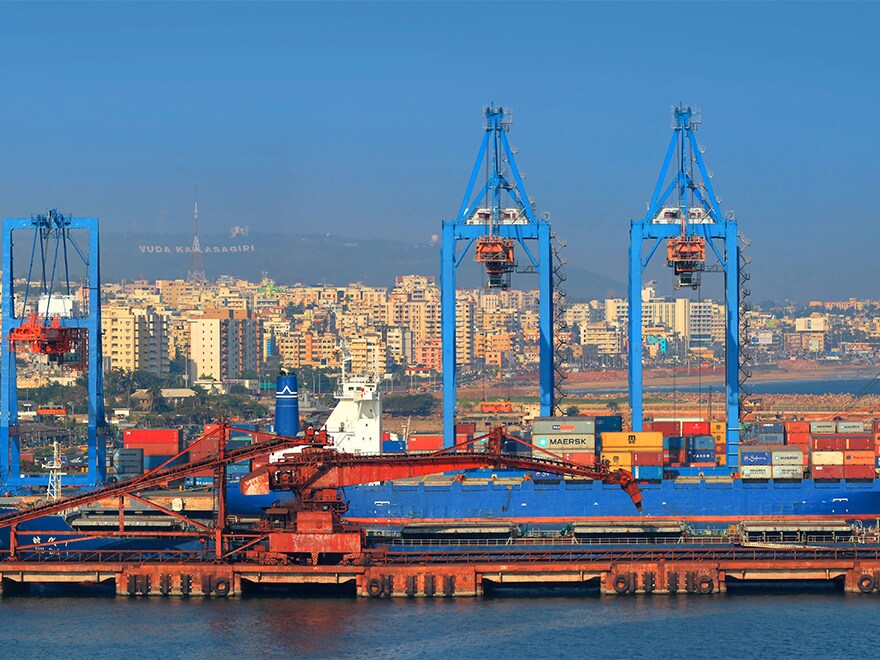Achieving GDP growth of 7.5% difficult in 2017-18: Government
Several factors including appreciation of the rupee and farm loan waivers, besides transitionary challenges emerging from GST implementation are currently weighing down the economy


 Image: Shutterstock
Image: Shutterstock
In a first of its kind mid-year economic survey, the government highlighted that achieving the upper-end of 6.75-7.5 percent growth will be difficult in 2017-18, putting to rest earlier projections that cited a growth rate of 6.75-7.5 percent in the current fiscal.
As per the Economic Survey Part-2 (the first one was tabled in the Parliament in February), several factors including the appreciation of rupee and farm loan waivers besides transitionary challenges emerging from the Goods and Services Tax (GST) implementation are currently weighing on the economy. Since February 2017, the rupee has appreciated by about 1.5 percent.
Drafted by Chief Economic Advisor Arvind Subramanian, the survey was tabled in the Parliament by Finance Minister Arun Jaitley in the Lok Sabha on the last day of the monsoon session. It states that there may be a slowdown in growth in real activity in indicators such as Gross Domestic Product (GDP), Index of Industrial Production (IIP), credit, investment, and capacity utilisation since first quarter of 2016-17. Going forward, in the third quarter, there may be a further deceleration.
The survey indicated that fiscal deficit in the country may decline to 3.2 percent of GDP this fiscal from 3.5 percent a year ago. However, going forward, there is scope for monetary easing that will facilitate the economy bounce back quicker. “Cyclical conditions suggest that the policy rate should actually be below… the neutral rate. The conclusion is inescapable that the scope for monetary easing is considerable,” said Subramanian.
DK Srivastava, Chief Policy Advisor, EY India, said: “The mid-term review’s admission of a growth slowdown from the pre-budget Economic Survey projection of an average growth exceeding 7 percent is candid and realistic. Apart from two consecutive although short-term impacts emanating from demonetisation and the GST, the economy continues to suffer from deficient investment and export demand, appreciating rupee, macro implications from farm loan wavers in addition to sectoral problems in the power and telecommunication space. These are expected to weigh down India’s growth pulse in the short-run. We should reach closer to our potential growth exceeding 7.5% in FY19.”
When the Economic Survey in February had projected a growth rate of 6.75-7.5 percent, it had taken several factors into account. These include buoyant exports and even the post demonetisation months that had witnessed relaxed monetary conditions.
However, in the last few months, there are new factors that have come up that signal to a deceleration going forward. These include farm loan waivers, real exchange rate appreciation, increasing stress to balance sheet in power, telecom, agricultural stress and of course all these coupled with challenges from implementation of the GST.
First Published: Aug 11, 2017, 17:24
Subscribe Now